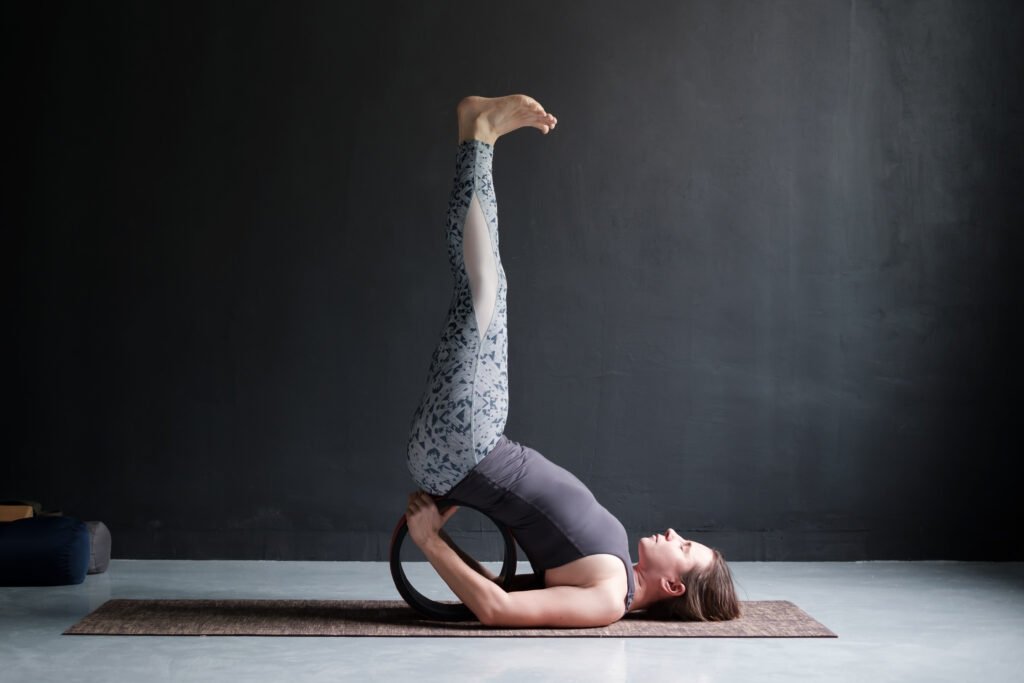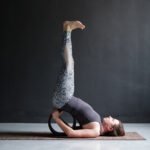Picture this: you’re on your mat, breath steady, body aligned, and mind laser-focused. Every muscle, every joint, every intention is in perfect harmony. Welcome to Iyengar yoga, a practice that’s less about chasing a sweat and more about crafting a masterpiece with your body and breath. If you’re a yogi craving depth, precision, and a sprinkle of mindfulness magic, Iyengar yoga is your jam. This isn’t just stretching in leggings; it’s a journey into alignment, awareness, and transformation. Let’s dive into the rich history, juicy benefits, and vibrant practice of Iyengar yoga—a style that’s been lighting up yoga studios and hearts worldwide for decades.
The Roots: How Iyengar Yoga Came to Be
Iyengar yoga didn’t just pop up overnight like a trendy smoothie bowl. It’s the brainchild of B.K.S. Iyengar, a legendary yogi born in 1918 in Bellur, India. As a sickly child battling tuberculosis and malnutrition, young Iyengar wasn’t exactly destined for athletic stardom. But at 15, his life changed when his brother-in-law, the revered yogi T. Krishnamacharya, invited him to study yoga. Under Krishnamacharya’s guidance (the same guy who mentored other yoga rockstars like Pattabhi Jois), Iyengar found his calling.
By the 1930s, Iyengar was teaching yoga, but he wasn’t content to just flow through poses. He was a tinkerer, a perfectionist, and a bit of a rebel. He questioned everything: Why does this pose feel off? How can I make it accessible to everyone? This curiosity led him to develop a system emphasizing alignment, precision, and props—think blocks, straps, and blankets—to make yoga inclusive for all bodies, from newbies to seasoned practitioners.
In 1966, Iyengar’s book Light on Yoga hit the shelves, and it was a game-changer. Often called the “Bible of Yoga,” it detailed hundreds of poses with nerd-level precision and introduced the world to his method. Iyengar’s teachings spread like wildfire, especially in the West, thanks to students like violinist Yehudi Menuhin, who credited Iyengar with transforming his health. By 1975, the Ramamani Iyengar Memorial Yoga Institute (RIMYI) opened in Pune, India, named after Iyengar’s late wife, becoming the global hub for this practice. Today, Iyengar yoga is taught in studios worldwide, with certified teachers trained through a rigorous, multi-year process.
The Heart of Iyengar: What Makes It Special
So, what’s the vibe of an Iyengar class? Imagine a yoga practice where every pose is a mini-masterclass in mindfulness. Iyengar yoga is all about precision—aligning your body to the nth degree to unlock its full potential. Teachers are like anatomy wizards, guiding you to adjust your pinky toe or tilt your pelvis just so. It’s not about rushing through a flow; it’s about savoring each pose, holding it longer to build strength, flexibility, and focus.
Props are the unsung heroes here. Blocks, straps, bolsters, and even chairs aren’t just crutches—they’re tools to deepen your practice. Got tight hamstrings? A strap helps you ease into a forward fold without straining. New to backbends? A bolster supports your spine like a cozy hug. This makes Iyengar yoga accessible to everyone—whether you’re a bendy gymnast, a stiff office worker, or recovering from an injury.
The practice also weaves in yoga philosophy, drawing from Patanjali’s Yoga Sutras. It’s not just about nailing a perfect Warrior II; it’s about cultivating discipline, awareness, and inner peace. Classes often end with restorative poses or pranayama (breathwork), leaving you grounded yet energized, like you’ve just meditated and hit the gym.
The Benefits: Why Iyengar Yoga Rocks Your Body and Soul
Iyengar yoga is like a love letter to your body and mind. Here’s why yogis can’t get enough:
- Physical Alignment = Physical Magic: The focus on precise alignment corrects posture, reduces injury risk, and improves body awareness. It’s like physical therapy meets yoga. Studies, like those from the Journal of Bodywork and Movement Therapies (2018), show alignment-based yoga can alleviate chronic back pain and improve joint mobility.
- Strength and Flexibility for Days: Holding poses builds muscle endurance, while props help you stretch safely. Over time, you’ll feel stronger, more open, and ready to tackle Handstand (or at least dream about it).
- Mindfulness on Steroids: The attention to detail sharpens your focus, quieting the monkey mind. It’s meditation in motion, helping reduce stress and anxiety, as noted in research from Frontiers in Psychology (2020).
- Inclusivity FTW: Props make poses doable for all ages, sizes, and abilities. Whether you’re pregnant, injured, or just starting, Iyengar welcomes you with open arms (and a yoga belt).
- Therapeutic Vibes: Iyengar developed sequences to address specific ailments—think sciatica, insomnia, or even depression. His therapeutic approach is still used in medical settings worldwide.
How It’s Done: A Peek into an Iyengar Practice
Ready to roll out your mat? An Iyengar class is a unique blend of structure and flow. You’ll start with a warm-up, maybe a few Sun Salutations, but don’t expect a fast-paced Vinyasa party. The teacher will guide you into poses with laser-like instructions: “Rotate your thigh outward! Ground your big toe mound!” You’ll hold poses for 30 seconds to a minute (or more), refining every detail.
Props are your BFFs. In Triangle Pose, a block under your hand helps you maintain alignment without toppling over. In Shoulderstand, a blanket under your shoulders protects your neck. Teachers often demo poses or use hands-on adjustments (with consent) to fine-tune your form. Expect a mix of standing poses, seated poses, backbends, twists, and inversions, all sequenced to balance effort and ease.
Breathwork and relaxation cap things off. A typical class might end with Savasana (Corpse Pose) or a pranayama exercise like Ujjayi breath, leaving you feeling like you’ve just had a mental and physical reset.
Conclusion: Why You Should Try Iyengar Yoga
Iyengar yoga isn’t just a workout; it’s a lifestyle, a philosophy, and a celebration of what your body can do when you listen to it. From its roots in B.K.S. Iyengar’s relentless curiosity to its global reach today, this practice invites you to slow down, align, and shine. Whether you’re a yoga newbie or a seasoned practitioner, Iyengar offers a path to strength, clarity, and inner peace that’s as accessible as it is profound.
So, grab a block, strap in, and give it a whirl. Your body will thank you, your mind will high-five you, and your soul will do a little happy dance. Iyengar yoga isn’t just about touching your toes—it’s about touching your potential. Namaste, yogis!






Leave a Reply